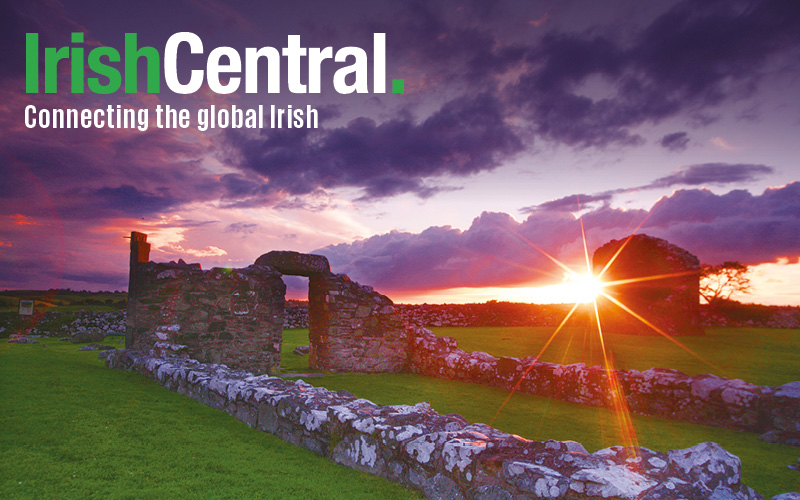Ireland’s dairy industry was a booming business even 6,000 years ago, new research has found.
A recently published study in the Journal of Environmental Archaeology finds that experts uncovered traces of ancient dairy fats in pots dating back to 4,000 to 2,500 BC.
"We know from previous research that dairying was an important part of many early farming economies, but what was a big surprise was the prevalence of dairy residues in Irish pots," said researcher Jessica Smyth, from the University of Bristol. "It looks to have been a very important food source."
Smyth and her team analyzed nearly 500 cooking pots from the Neolithic period using a combination of lipid and isotope identifying techniques to determine whether the fats preserved in the pots were from either a meat or milk source.
Nature World News reports that archaeologists believe crop and animal domestication began in Ireland and Great Britain more than 1,000 years after agriculture found its way to the rest of Europe. And since sheep and cattle were not native to Ireland, it may have taken even longer for dairy farming techniques to be learned in Ireland. However, those early Irish farmers appear to have quickly picked up the technique.
"The Irish dairy signal remains very striking, particularly when you compare it with the continental European data sets. Ireland really does seem to go mad for milk in the Neolithic," Smyth says. "They [were] setting up everything from scratch, and taking a significant gamble with their livelihoods and those of their dependants. These [were] a very determined group of pioneer farmers."




Comments